Technology has long been a great resource for helping teachers increase student engagement. In 2019, 89% of students said they used digital learning tools at school. Now, amid uncertain and ever-changing circumstances where remote and hybrid learning capabilities are essential, technology in the classroom has become even more essential.
Still, technology alone isn’t enough. Creating authentic and engaging learning experiences also requires a well-thought-out digital curriculum. Here are some tips and ideas that will help you go beyond just making video calls and posting assignments. With great digital curriculum, you’ll be able to:
- Personalize learning to meet students’ individual needs
- Make instruction accessible at any time, from anywhere
- Easily scale and modify lessons on the fly and as needed
How to Build Your Digital Curriculum
Having high-powered technology in the classroom is one thing. Knowing how to use it to facilitate better learning is another. There is much more that goes into the process than simply swapping books for laptops and leading lessons via video chat.
Here is a closer look at some tips for building engaging and effective digital lesson plans.
Make Lesson Plans Clear and Accessible
Within any digital curriculum, it is important lesson plans and any supporting resources and information are easy to find and digest. A good way to start is by ensuring all necessary links and files are readily accessible for students and parents so they can always find what they need to with ease – as with TRAILS Mix sample, for example.
Learning management systems like Schoology and Google Classroom can also provide this functionality by serving as a singular, remotely accessible platform. Recording lessons for students to access and reference at any time is also a great way to enable learning beyond the traditional school day.
Let Standards Drive the Curriculum – Not the Other Way Around
Another key aspect of building a digital curriculum is determining what will be taught. Each state has its own standards for what students should master at each grade level. For example, a standard in 1st grade may be something like, “add and subtract two-digit numbers.” This standard drives instruction and determines the type of curriculum needed.
It is important to let the standards guide what is taught, then seek, vet, and approve high-quality instructional materials (like videos, books, and interactive activities) that align with your state’s standards.
Foster curiosity
Curious students are predisposed to learning. They are seeking knowledge because they want it, not because there is a carrot at the end of a stick in the form of a letter grade. Curiosity also releases dopamine, which in turn improves memory accuracy and mood.
Generally speaking, try to incentivize participation by cultivating an intrinsic desire to learn within the student. A curriculum that fosters curiosity and other internal motivators will yield higher levels of student engagement than those that simply employ flimsy forms of external reinforcement.
Take Advantage of Existing Resources
Creating an entire digital curriculum from the ground-up on your own can be a colossal task for any educator. Thankfully, TRAILS from Trafera has already done the heavy lifting for you. Trafera Resources, Activities, and Investigative Lessons for Schools (or TRAILS) is a library of lessons and experiences designed to help connect the dots between classroom technology and impactful instruction.
Best of all, TRAILS is offered as a free resource to Trafera customers. “We believe so strongly that curriculum needs to be at the heart of school technology that we’ve developed TRAILS as a way to help bridge that gap for all of the schools who purchase from us,” says Josh Ratliff, Director of Education Initiatives for Trafera.
TRAILS was developed by teachers for teachers, backed by a team of award-winning educators passionate about and dedicated to cultivating better learning experiences for students. Lessons are available in a wide range of subjects from kindergarten through 8th grade and can be utilized in two formats.
TRAIL Guides are rigorous five-lesson thematic units that follow the research-based 5E Model of instruction and are tightly aligned to Next Generation Science and ISTE standards, in addition to following Universal Design for Learning guidelines.
TRAIL Mixes are single 30-60-minute lessons for STEM, allowing you to use as few or as many as you wish within a given unit. Click here to download a sample TRAIL Mix and TRAIL Guide.
Make Sure Students Have the Right Devices
A digital curriculum centered around remote and hybrid learning requires students to be equipped with the right tools to keep up. Depending on the needs of your classroom, Chromebooks and Windows laptops can both serve as effective solutions for digital learning.
Chromebooks are a highly portable and durable option that work well in many situations, while Windows laptops are ideal for handling STEM curriculum and resource- and graphics-intensive applications. The Trafera team is here to help provide your students with the devices they need to access and engage in curriculum whether in the classroom, at home, or anywhere in between.

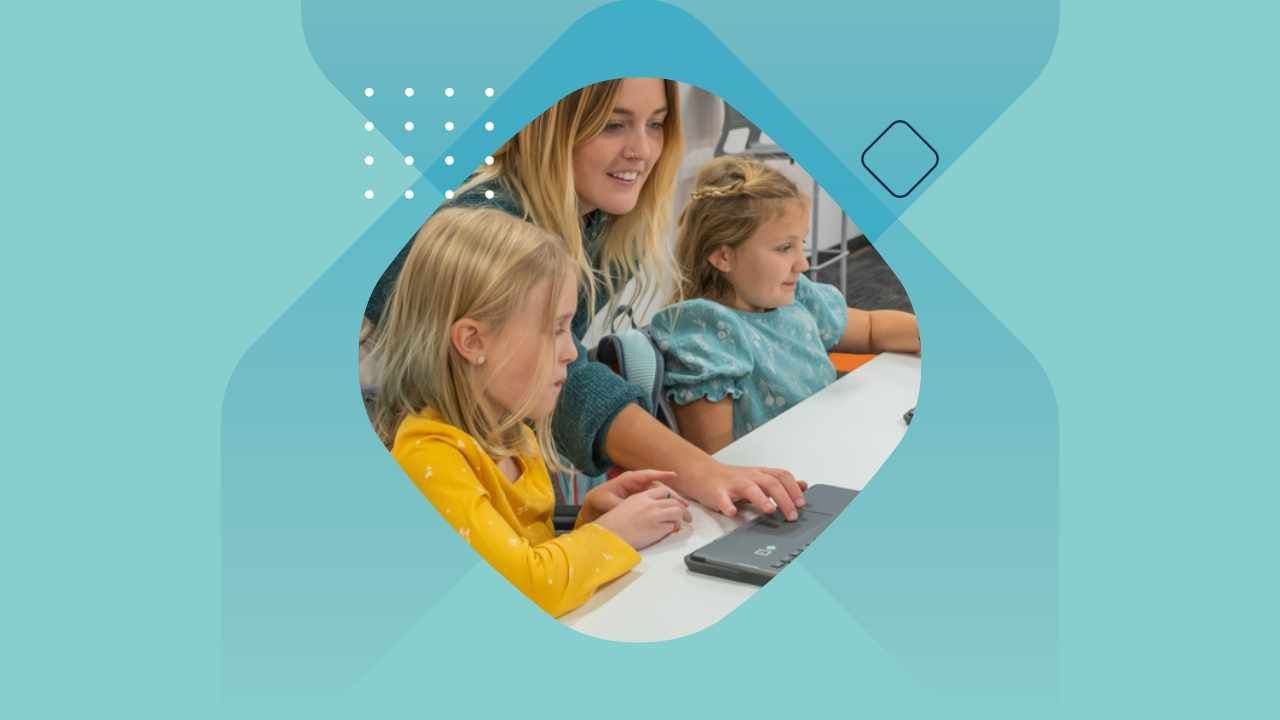

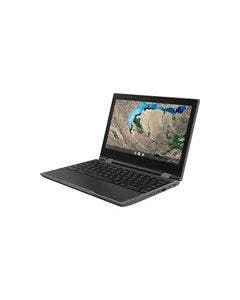
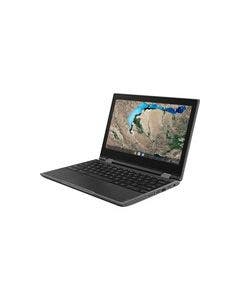
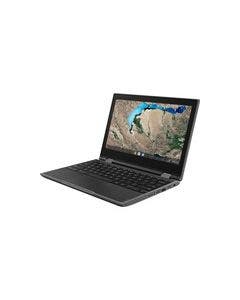
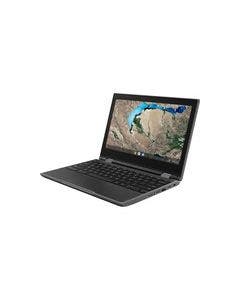
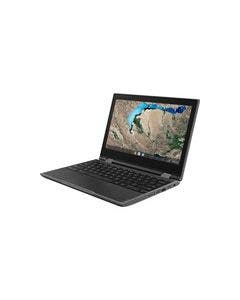
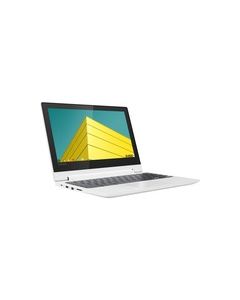
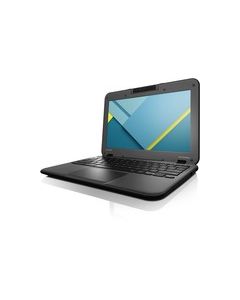
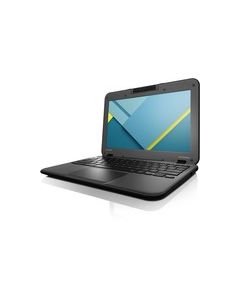
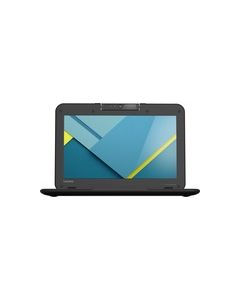


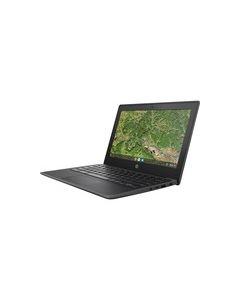
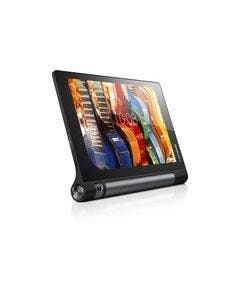
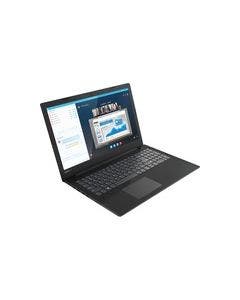

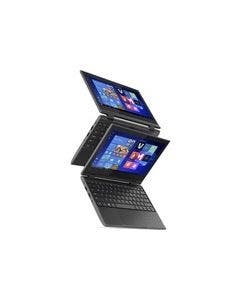

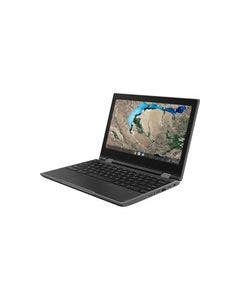
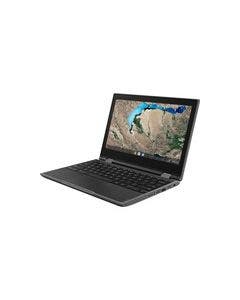
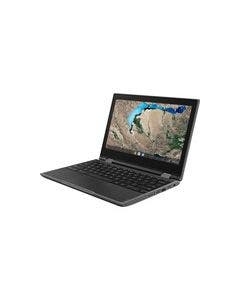
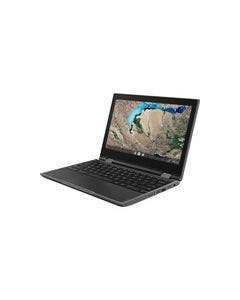
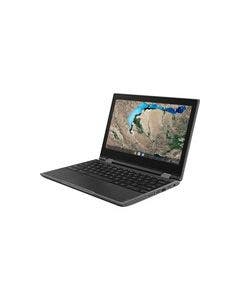
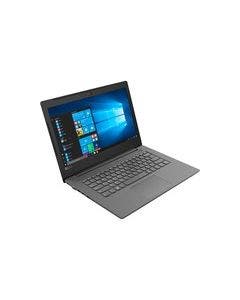
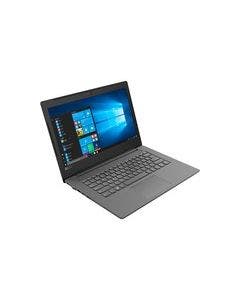
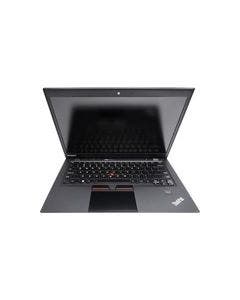
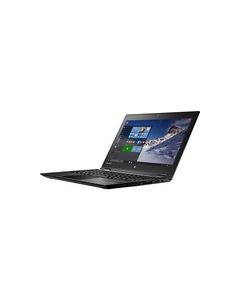

![[Webinar] Promoting Digital Literacy with Windows PCs](https://www.trafera.com/media/amasty/blog/cache/P/r/1280/720/PromotingDigitalLiteracywithWindowsPCs_Blog.jpg)